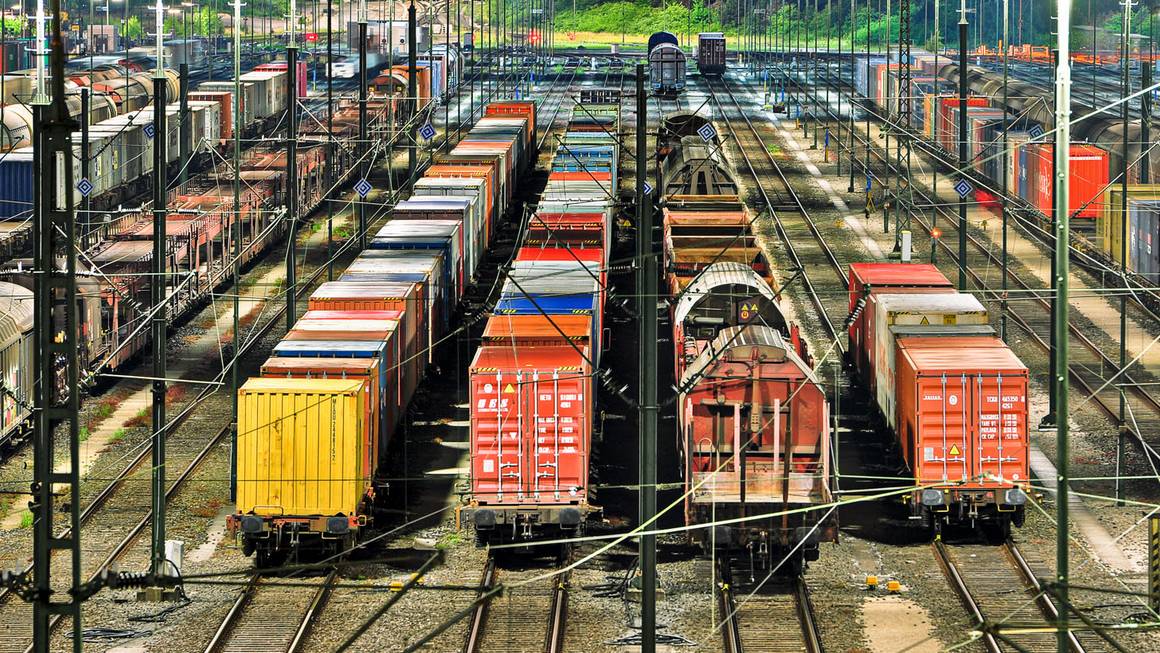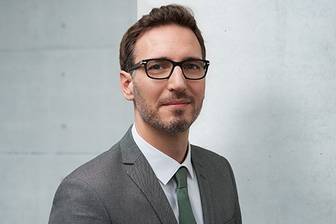A freight train today uses only around 20% of the energy to transport the same amount of cargo as a truck and produces only around one-fourth of its greenhouse gas emissions. Despite these advantages, most freight is transported by road. In 2014, rail carried only 18% of commercial goods shipped in Germany.
As the volume of freight continues to grow, it will be possible to eliminate CO2 emissions in the sector only if trains transport a larger share of goods, if trucks become carbon neutral and if there’s better coordination between different means of transport. In strengthening rail transport, the immediate priority must be to make freight trains more competitive than trucks. Additionally, railway capacity must be increased while keeping noise levels down, expanding electrification and introducing more efficient logistics systems.
However, the transformation of the German transport system will not dethrone the truck’s status as the main means of freight transport in Germany. In other words, there’s no way to create a sustainable transport sector without making trucks carbon neutral. Small and medium-sized trucks can be powered by electricity for shorter distances. For Europe-wide transport, experts envision drivetrains powered by renewable electricity via overhead lines or in converted form as hydrogen, methane or liquid fuels. Each technology path has different infrastructure requirements and different consequences that must be coordinated across Europe.




